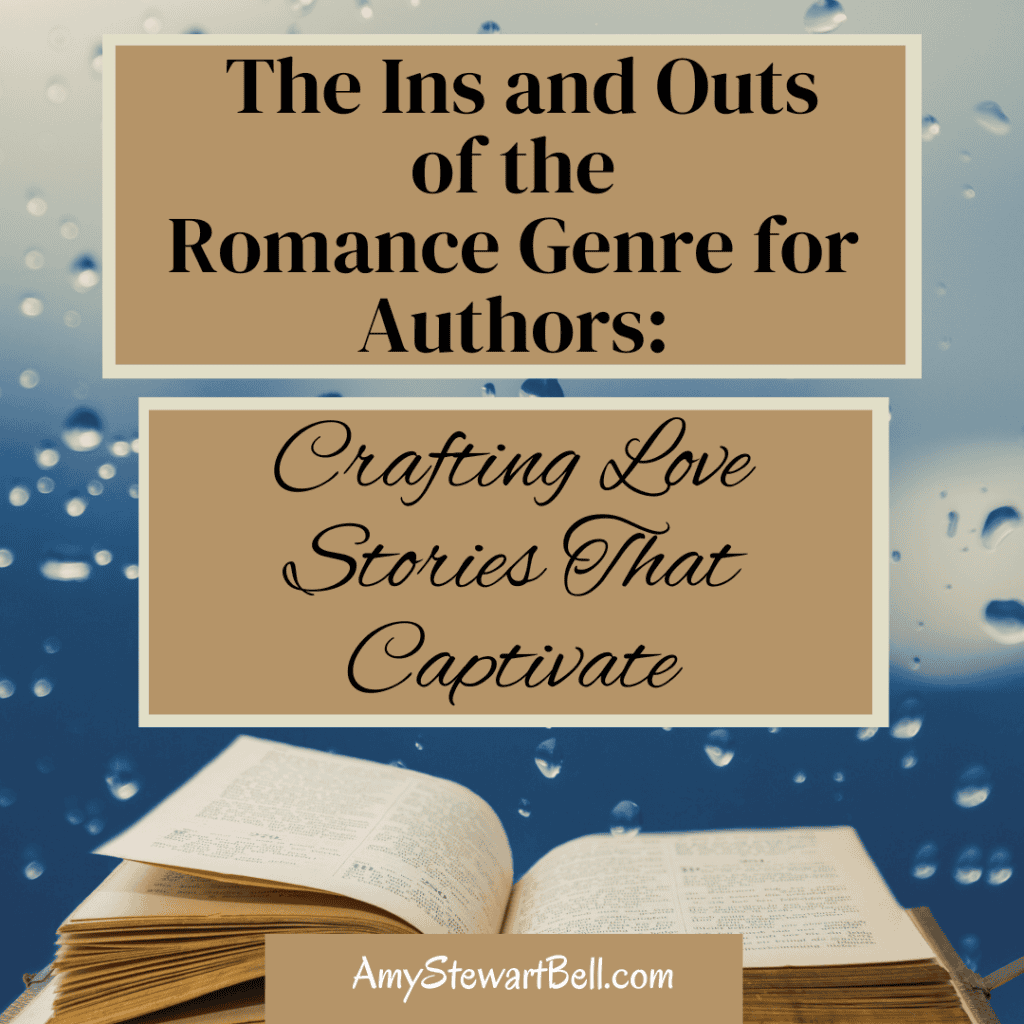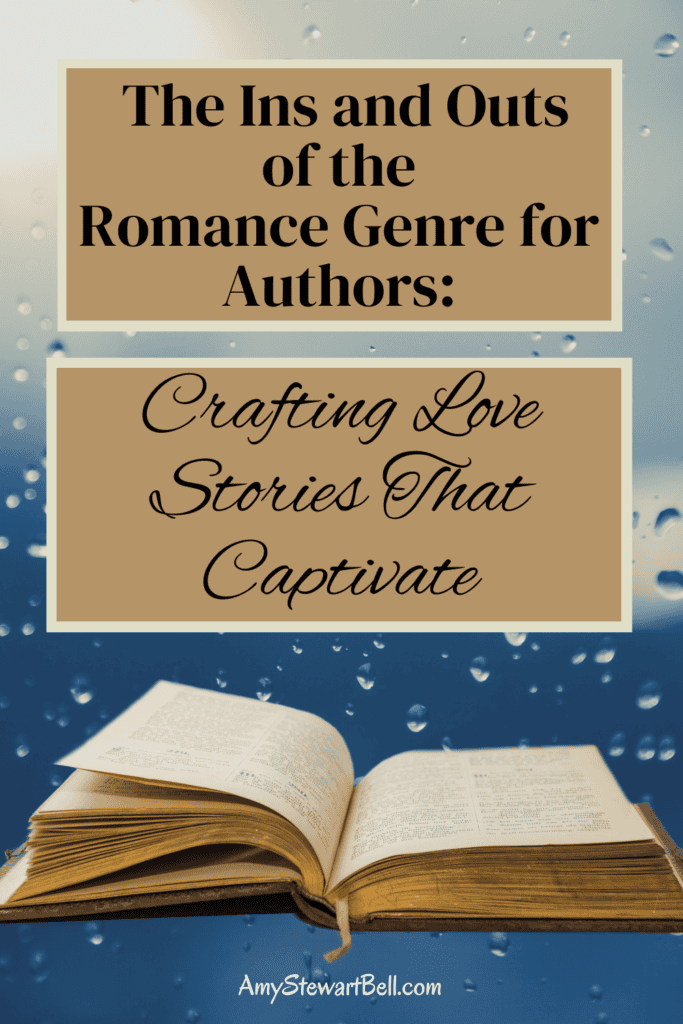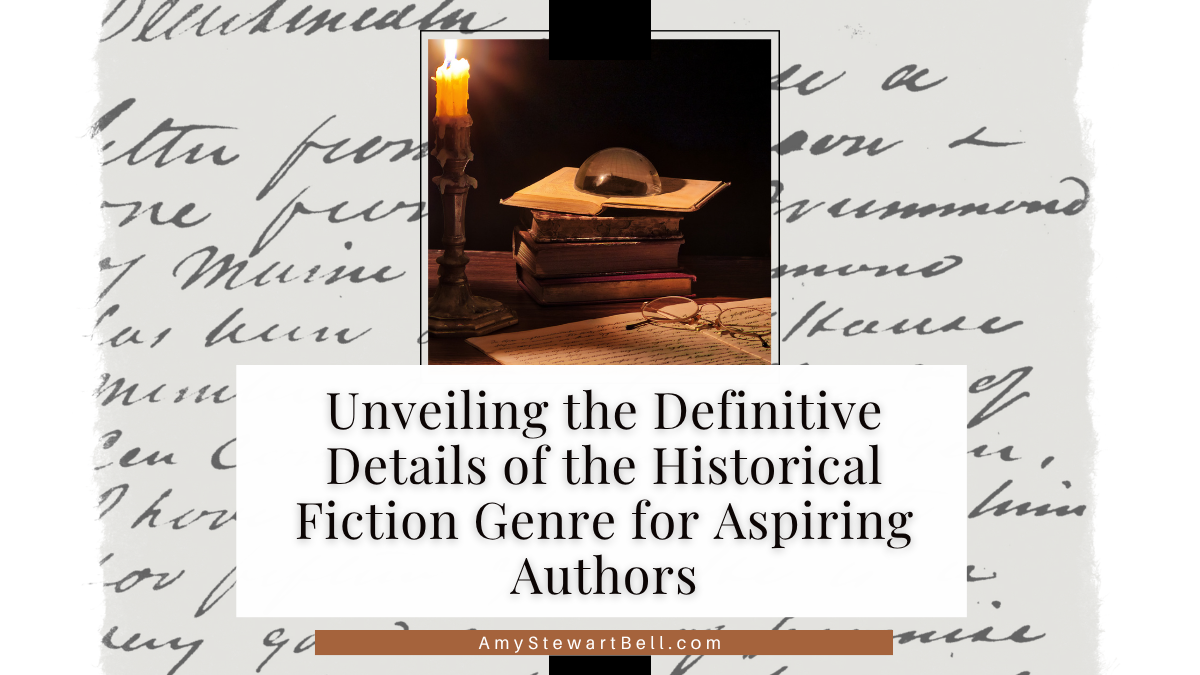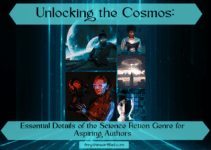Understanding the Romance Genre: Definition and Key Characteristics

The romance genre is a vibrant tapestry woven with the threads of love, passion, and emotional connection. At its core, the romance genre definition centers on the relationship between two people who embark on a journey filled with trials, tribulations, and ultimately, triumphs of love. This genre transcends mere storytelling; it captures the essence of what it means to be human—our desires, our vulnerabilities, and our unyielding hope for connection.
Key elements of the romance genre are not just plot points; they are the heartbeat of every love story. From the initial spark that ignites attraction to the challenges that test relationships, each moment is crafted to evoke deep emotional responses from readers. The types of romance stories vary widely—from sweet tales that warm your heart to steamy narratives that set your soul ablaze—yet they all share a common thread: an exploration of love in its many forms.
At the heart of every compelling love story lies a profound emotional connection between characters. This connection draws readers in and keeps them invested in their journey. Whether it’s through witty banter or heartfelt confessions under starlit skies, these interactions create an intimacy that resonates long after the final page is turned. Understanding these characteristics not only enriches our appreciation for this beloved genre but also reminds us why we continue to seek out stories that celebrate love in all its glorious complexity.
The Evolution of Romance: A Brief History and Its Impact on Modern Writing
The history of romance literature is a vibrant tapestry woven through the ages, reflecting the ever-changing landscape of love and relationships. From the chivalric tales of medieval knights to the scandalous novels of the Victorian era, each period has contributed to the evolution of romance novels in profound ways. Historical influences on modern romance are not just footnotes; they are essential threads that shape contemporary narratives and character dynamics.
As we journey through time, we encounter popular romance authors who have left an indelible mark on this genre. Think of Jane Austen, whose keen observations on societal norms still resonate today, or the passionate prose of Emily Brontë that ignites our imaginations. These literary giants paved the way for modern writers who continue to explore themes of love, desire, and heartbreak.
In recent years, trends in romantic fiction have shifted dramatically—embracing diversity and inclusivity like never before. Readers now crave stories that reflect their realities and aspirations, leading to an explosion of voices in contemporary romance. The evolution of this genre is not merely about changing styles; it’s a testament to our collective experiences with love throughout history. As we celebrate these transformations, we recognize that every story told contributes to a richer understanding of what it means to be human in love—a timeless journey worth exploring!
Key Tropes and Themes in Romance Genre Novels That Readers Adore
Romance novels have a unique ability to sweep readers off their feet, and it’s largely due to the captivating tropes and themes that resonate deeply with our hearts. One of the most beloved romance tropes explained is the “enemies to lovers” trope, where two characters initially clash but gradually discover an undeniable chemistry that transforms their animosity into passion. This thrilling journey of love often leads to unforgettable moments filled with tension, humor, and heartwarming revelations.
Another cherished theme in romance genre books is the “second chance love” story. These narratives remind us that love can be rekindled even after heartbreak or separation, offering a beautiful exploration of growth and forgiveness. Readers adore witnessing characters who have evolved through their experiences find their way back to each other, proving that true love can withstand the test of time.
And let’s not forget the ultimate promise of “happily ever after” endings! This theme provides a sense of closure and joy that leaves readers feeling uplifted and hopeful. It encapsulates everything we yearn for in life—the idea that despite challenges and obstacles, love triumphs in the end. Romance novels are more than just stories; they are heartfelt journeys through emotions that remind us why we believe in love.
Crafting Believable Characters: The Heartbeat of Every Romance Genre Story

Crafting believable characters is truly the heartbeat of every romance genre story. These characters are not just figments of our imagination; they are the soul of our narratives, breathing life into the pages and capturing the hearts of readers. The essence of character development in romance writing lies in creating relatable protagonists that resonate with audiences on a personal level.
Imagine a love story where the characters feel like friends, where their struggles and triumphs mirror our own experiences. This connection is forged through intricate dynamics between characters, each interaction rich with emotion and authenticity. Whether it’s the playful banter between two lovers or the heart-wrenching moments of vulnerability, these dynamics create a tapestry that keeps readers engaged.
Moreover, character arcs in romantic fiction are crucial for delivering a satisfying narrative journey. Readers crave growth—seeing how individuals evolve through love and heartbreak adds depth to their stories. As we delve into their fears, desires, and transformations, we craft not just tales of romance but also profound explorations of what it means to love and be loved.
In this passionate endeavor to create believable characters, we invite readers to lose themselves in worlds filled with love’s complexities—where every protagonist’s journey becomes an unforgettable experience that lingers long after the last page is turned.
You may like: Alpha Males: Unmasking the Mystery of Why Women Can’t Resist Them and The Art and Science Behind Captivating Character Creation and Unleashing the Power of Strong Female Protagonists in Romantic Suspense
Setting the Scene: How Location Influences Romantic Narratives in the Romance Genre
In the world of romance genre novels, the importance of setting cannot be overstated. It is not merely a backdrop; it breathes life into the narrative, shaping characters and their emotions in profound ways. Imagine a quaint Parisian café where two lovers first lock eyes—this romantic setting is more than just a physical space; it becomes an integral part of their love story, crafting an atmosphere that enchants readers and pulls them into the depths of passion.
Consider how a sun-soaked Italian vineyard or a windswept beach at sunset can evoke feelings of longing and desire. These locations serve as characters in their own right, influencing interactions and heightening emotional stakes. The very air around them crackles with possibilities, making every whispered word and stolen glance feel electric.
Creating an atmosphere for love stories hinges on these carefully chosen settings. They can evoke nostalgia or ignite adventure, transforming ordinary moments into extraordinary memories. When writers weave location into their narratives thoughtfully, they elevate the romance to new heights—turning each page into an immersive experience that resonates deeply within our hearts. So let us celebrate these romantic settings that not only frame our stories but also ignite our imaginations!
The Role of Conflict and Resolution in Driving Romantic Plots Forward
Conflict is the heartbeat of any compelling romantic plot, breathing life into characters and propelling their journeys forward. It’s not merely a hurdle; it’s the very essence that shapes their love stories. The various conflict types in romance writing—be they external pressures like societal expectations or internal struggles such as insecurities—serve as catalysts that elevate emotional stakes for characters. These challenges are what make us root for them, feel their pain, and celebrate their victories.
Building tension is an art form in itself, employing techniques like cliffhangers and miscommunication to keep readers on the edge of their seats. Each obstacle to love stories adds layers to the narrative, creating a rich tapestry of emotions that draws readers deeper into the world you’ve crafted.
But what truly matters is how these conflicts are resolved. Resolution methods can range from heartfelt reconciliations to unexpected sacrifices, each offering a unique pathway for character growth and fulfillment. These moments not only resolve tension, but also reinforce themes of love’s resilience and transformative power. In this dance between conflict and resolution lies the magic of romance writing—a journey that captivates hearts and leaves an indelible mark on our souls.
Tips for New Authors: Writing Your First Romance Genre Novel with Passion and Purpose
Embarking on the journey of writing your first romance genre novel is an exhilarating adventure that deserves to be approached with both passion and purpose. As new authors, it’s essential to embrace the process, and here are some written tips to help you ignite that creative spark.
First and foremost, developing a writing routine is crucial. Carve out dedicated time each day where you can immerse yourself in your story without distractions. This consistency not only cultivates discipline but also allows your ideas to flow freely, transforming fleeting thoughts into captivating prose.
Finding your unique voice is another vital aspect of crafting a romance genre novel that resonates. Dive deep into what makes you, YOU! Infuse your personal experiences and emotions into your characters and plotlines. Readers crave authenticity; they want to feel the heartbeats of your characters as if they were their own.
Understanding target audience expectations will guide you in shaping a narrative that captivates readers from page one. Research popular tropes within the genre while considering what fresh perspective only you can bring to the table. Remember, romance is about connection—both between characters and with readers—so keep their desires at the forefront as you write.
Lastly, navigating publishing options can seem daunting, but don’t let it overwhelm you! Whether you’re leaning towards traditional publishing or self-publishing, take time to explore each avenue thoroughly. Connect with other authors who have walked this path before; their insights can be invaluable.
With these tips in hand, step forward confidently into the world of romance writing! Your story matters—let it shine brightly for all to see!
Conclusion: Embrace Your Passion for Writing in the Romance Genre—Create Stories That Touch Hearts and Inspire Love!
Come back next week! We will delve into the fantasy genre!
LET’S CONNECT!
There are many ways to connect with Amy Stewart Bell. We would love to know what you think and any of the topics we offer. We welcome your comments and want to interact with you!
If you haven’t yet, grab your copy of Once Captured, the first in Amy’s Captive Series. And be on the watch for the second in the series, Uncharted Captivity, to drop!
You can also connect in other areas. Join us on Instagram @AmyWritesAll and on Facebook @AmyWritesAll.
Be sure to join our community newsletter, and you will get even more inside info!







